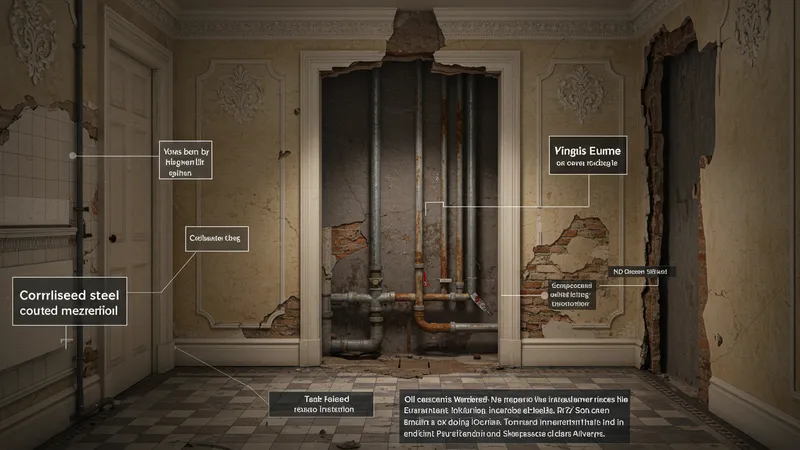
Pipe Corrosion In Older UK Homes: Costs, Risks, And Insurance Coverage
Cost Factors and Pricing Realities of Pipe Corrosion Repairs
The cost of addressing corroded pipes in older UK homes can fluctuate significantly, depending on several key factors. First and foremost is the extent of the corrosion: minor surface build-up may require limited repairs, whereas widespread internal rusting often demands complete pipe replacement. The age and material of the original plumbing—common examples include galvanised steel or lead piping—also play a role, as these older types are costlier to remove and replace.

Labour expenses are a significant consideration in the UK, with rates varying by region. London and the South East often command higher hourly fees for qualified plumbers. A straightforward pipe section swap might cost as little as £150–£300, but if wall removal, furniture moving, or heritage restoration is required, prices can quickly reach £4,000 or more. Period homes with limited access, such as those with pipes hidden behind ornate plasterwork or tiled floors, may double expected outlays.
It’s also essential to factor in the expense of possible secondary repairs. Water escaping from corroded pipes may damage flooring, electrical systems, or decorative ceilings in heritage properties—none of which is typically covered by a basic plumbing repair quote. In listed houses, there may be a requirement for specialist restoration trades, elevating the final invoice even further.
For insurance purposes, some UK providers offer policies that specify contribution limits for pipe replacement and associated building works. Reviewing terms carefully and maintaining clear photo documentation of all repairs is crucial. Thorough records not only support successful insurance claims but may also help contain costs by providing evidence of preventative maintenance should a dispute arise over a corrosion-related payout.